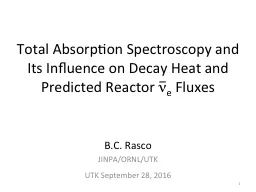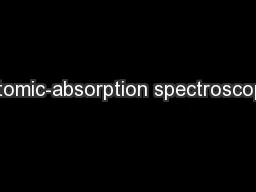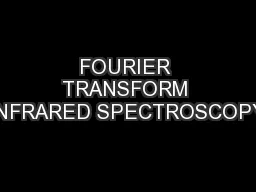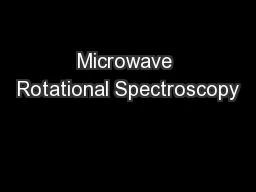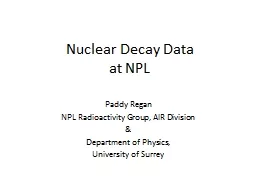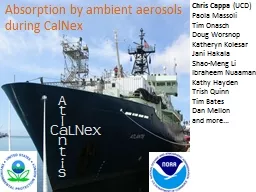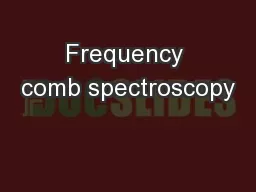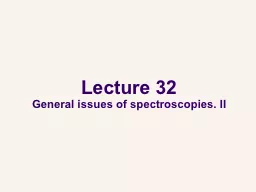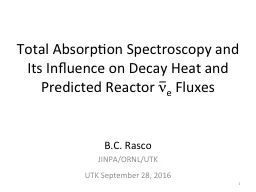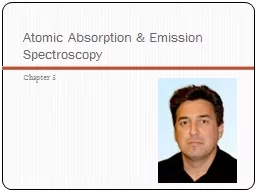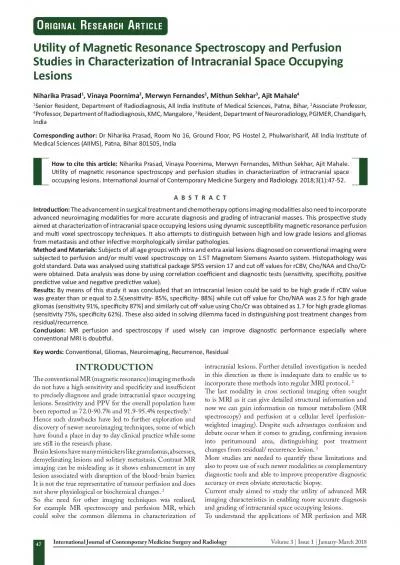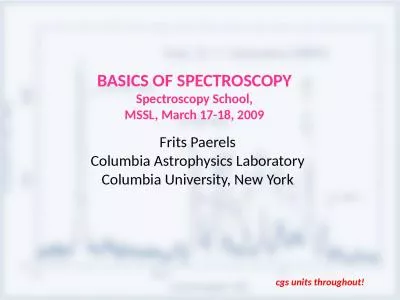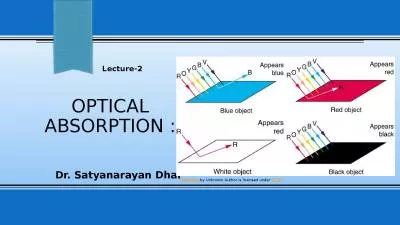PPT-Total Absorption Spectroscopy and Its Influence on Decay He
Author : luanne-stotts | Published Date : 2017-04-07
n e Fluxes BC Rasco JINPAORNLUTK UTK September 28 2016 1 Nuclear Reactors 2 How do they work Basically big fancy steam engines Most reactors use 235 U as a fuel
Presentation Embed Code
Download Presentation
Download Presentation The PPT/PDF document "Total Absorption Spectroscopy and Its In..." is the property of its rightful owner. Permission is granted to download and print the materials on this website for personal, non-commercial use only, and to display it on your personal computer provided you do not modify the materials and that you retain all copyright notices contained in the materials. By downloading content from our website, you accept the terms of this agreement.
Total Absorption Spectroscopy and Its Influence on Decay He: Transcript
Download Rules Of Document
"Total Absorption Spectroscopy and Its Influence on Decay He"The content belongs to its owner. You may download and print it for personal use, without modification, and keep all copyright notices. By downloading, you agree to these terms.
Related Documents

